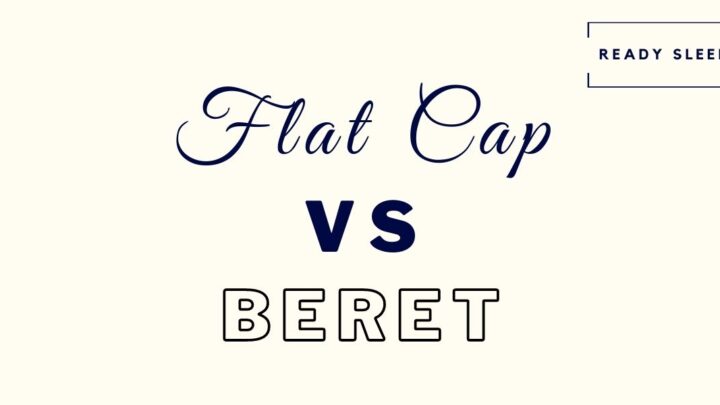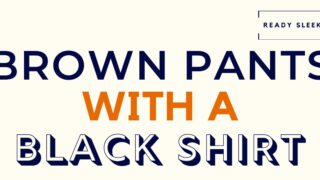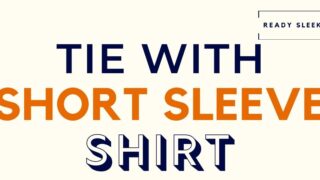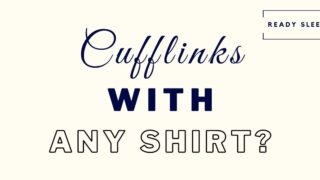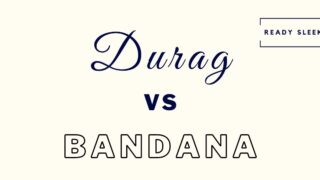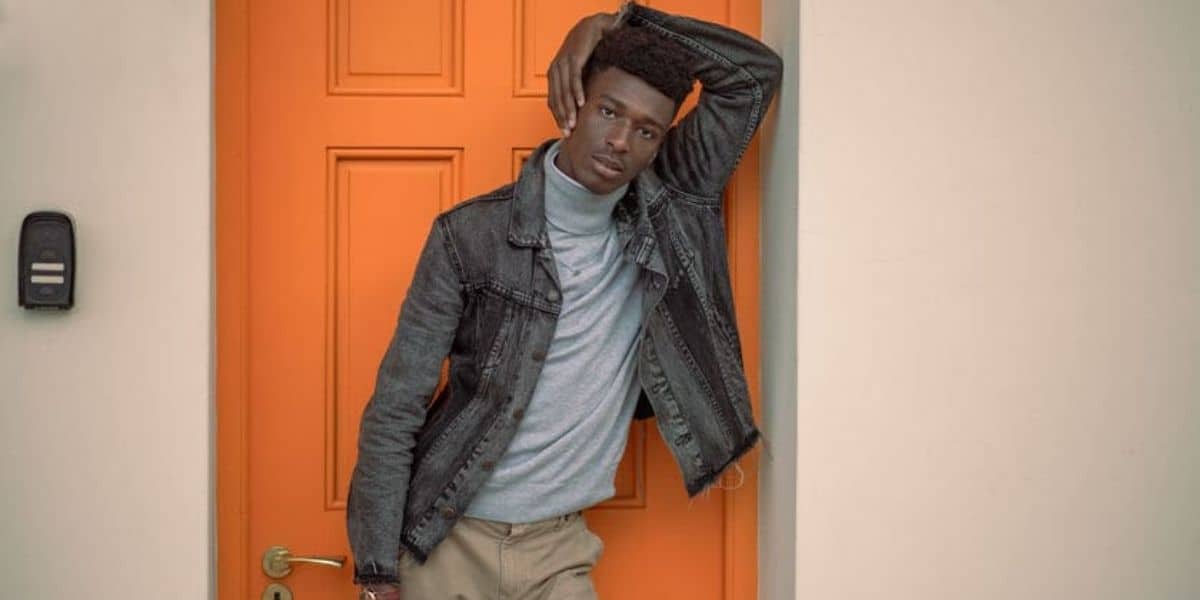You’ve probably heard of both flat caps and berets before, but perhaps you’re not really sure what the difference is between these two similar styles of headwear.
So, what is the difference between a flat cap and a beret?
A flat cap is a style of headwear that has a front visor, is usually made of tweed, and originated in the British Isles. A beret is a type of headwear that lacks a visor, is predominantly made of knitted wool, and originated in France and Spain.
That’s an overview of the answer, but there are several other important differences in addition to these.
Read on to find out more about how flat caps and berets differ, and how to choose between these two types of caps.
Flat Cap Vs Beret: 7 Key Differences
Both flat caps and berets are types of caps – in other words, they are both types of headwear that lack a full circumference brim.
Despite belonging to the same headwear family, they do have a fair few differences.
Let’s go through these here.
1. Shape
Perhaps the most obvious difference between flat caps and berets comes down to their shape.
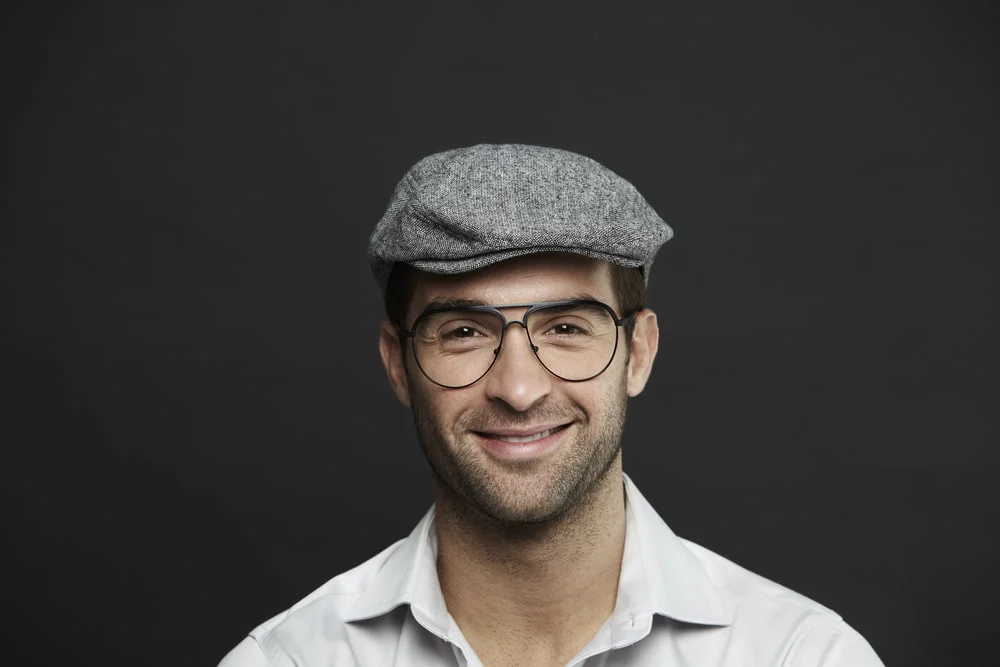
Image From Deposit Photos
Flat caps are rounded caps that have greater depth towards the crown end of the cap and are shallower towards the front.
This allows them to fit securely around the head whilst the shallower front end continues into a stiff brim or visor which sits above the brow. The top of flat caps is very flat, giving it its name.
Here’s another example of a flat cap:

This change in depth of the hat from the back to the front also gives it an asymmetrical look if viewed side-on.
Berets, on the other hand, tend to have more symmetry, in that if you look at them from a bird’s eye view, they make a perfect circle.
Here’s an example of a beret on Amazon.

When worn, they also tend to sit less flat as compared with flat caps. This is due to the fact that berets are generally less stiff than flat caps, which tend to have more rigidity to their shape.
2. Berets Have A Stalk
Another difference that is less obvious, but a difference nonetheless, is the fact that berets have a central ‘stalk’ whereas flat caps do not.
In French, this is referred to as ‘le cabillou’.
This appendage has no function now except for adding to the traditional aesthetic of a beret, but when berets were first made they were hand-knitted, and this stalk was the starting point for the knitting process.
Flat caps lack this stalk, and don’t come with any additional fabric or appendage over the crown.
If you think you’ve seen a flat cap with a button at the center over the crown, what you’re actually thinking of is a newsboy cap, not a flat cap, which is actually a completely separate type of cap.
3. Color
Although nowadays it’s much easier to find headwear in all colors of the rainbow, you will see a few recurring patterns when it comes to flat caps and berets and the color they come in.
Flat caps tend to be found most commonly in muted earthy tones, such as dark greens, browns, greys and dark blues.
Often they have a tweed patterned fabric, which sometimes has a hint of crimson running through it.
Berets, on the other hand, are much more likely to be found in brighter hues, such as red, pinks, oranges and royal blues, as well as the more traditional beige, black and burgundy.

Image From Deposit Photos
It’s not impossible to find a bright-colored flat cap, but it is much less likely that you’ll see people wearing these than similarly bright-colored berets.
4. Material
Another difference between flat caps and berets is the material they are predominantly made of.
Flat caps are most commonly made of tweed, which is a rough, closely woven woolen fabric. They also can be made of wool and cotton, and more rarely, linen, corduroy, and even leather.
Berets are traditionally made from woven, hand-knitted wool, but can also be made of crocheted cotton, wool felt, and acrylic materials. These materials are generally softer and less rigid compared with the materials that flat caps are made of.
As a result, flat caps generally feel thicker and more structured, whereas berets are more likely to be soft and slouchy.
5. Flat Caps Have A Visor
As I’ve mentioned before, flat caps have a visor (or brim) at the front end of the hat that sits above the brow.
This brim is usually quite stiff and adds to the characteristic shape and structure of the flat cap.
Berets are completely brimless and instead may have a sweatband, elastic band, or internal drawstring to adjust the fit around your head.
The complete lack of a brim on the beret means that you generally have more choice in how you wish to wear it.
Some options include wearing it hanging towards one side with the other ear exposed or pulled towards the back of your head, leaving some hair exposed at the front.
The visor on a flat cap, on the other hand, should always be worn over the brow facing forwards, and there aren’t many other ways to wear it.
A flat cap should certainly never be worn backward – unlike baseball caps, this isn’t a good look.
6. Lining
Another difference between flat caps and berets is the presence or absence of a lining.
Flat caps will usually have an inner lining for extra comfort and warmth. The lining is most commonly made of either silk or satin, giving it an extra luxurious feel.
Don’t confuse this with ascot caps, which are very similar in appearance to flat caps but lack any inner lining. These are completely different types of caps.
On the other hand, most of the time berets do not have an inner lining. They are made up of a single layer of fabric and hence are softer and more pliable than flat caps.
This lack of an inner lining also means that berets tend to be less insulating than flat caps in colder weather.
7. Origin
Flat caps and berets originated in different parts of the world and took different paths to become the modern versions of themselves today.
Flat caps originated in the British Isles and can be traced back to 14th Century Northern England.
They were originally viewed as suitable wear for the working class, but over time flat caps made in more expensive materials were adopted by the upper class for countryside casual wear.
It was in the 1920s that flat caps started to be viewed as more of a fashion accessory amongst the masses.
Berets, on the other hand, started to be mass-produced in the 19th century in France and Spain. Their popularity then spread to Paris and subsequently they became a sought-after fashion item.
Berets were seen as a symbol of libertarianism and freedom of spirit, and still nowadays when worn they give an artistic quality to any outfit.
Flat Cap Vs Beret: How To Choose
So now you know more about the differences between flat caps and berets.
There are some factors to consider when deciding which of these two types of headwear to buy.
Let’s go through these here.
1. Temperature
A big consideration when choosing between flat caps and berets is the temperature of the climate in which you will be wearing them.
As I mentioned before, flat caps usually have a silk or satin inner lining and are made of thicker fabric, most commonly tweed.
All of these design elements mean that flat caps are good at keeping your head warm in chilly weather.
Berets are made of a single layer of fabric, usually knitted wool or crocheted cotton, and usually lack an inner lining. Therefore they are less good at insulating your head in colder weather.
As a result, if you need a hat that will offer at least some insulation in cooler weather, it is best to choose a flat cap.
Berets are best suited to the milder months, such as late spring or early autumn, and even summer if you have a particularly light beret.
It’s important to note, however, that neither flat caps nor berets are good for sub-zero temperatures, because neither of them will properly cover your ears or offer enough insulation at temperatures this cold.
2. Rain
In addition to the temperature of the climate you’re in, it’s also good to consider whether or not it’s likely to rain where you are.
If you need a rainproof hat, it’s important to know that neither flat caps nor berets are ideal.
Because of the fabric that they are made of, flat caps and berets are not 100% waterproof. When made of wool, both flat caps and berets do however have some water-resistant properties, although this won’t withstand a downpour.
However, if you have to choose one or the other, it is better to choose a flat cap. This is because the thicker tweed fabric of a flat cap with the additional presence of an inner lining offers better protection against rain.
A flat cap also has the added benefit of having a visor at the front covering your brow, which will help to keep raindrops off of your face.
Berets, which are made of a single layer of fabric, usually wool or cotton, are more likely to absorb rainwater and become saturated, which can then affect their shape and cause them to become flattened.
3. You Want To Wear It With A Suit
If you’re looking for a cap to wear with a suit, then a flat cap is going to be more suited for this purpose.
Flat caps can look great when paired with casual suits, particularly light-colored, summer suits.
Berets, on the other hand, are a little too casual to be worn with a suit and look better when paired with a turtleneck sweater and jeans, for example.
As a general rule, flat caps are more versatile in that they can work with informal attire as well as more formal attire, whereas berets are best kept within the casual category.
4. Color
Lastly, when choosing between these two types of cap, it’s important to think about what kind of color palette you want to be wearing.
If you’re into bright colors or at least want more color options, then a beret is the cap for you.
As I mentioned before, berets come in a multitude of colors such as reds, oranges, greens, and pinks as well as darker classical colors such as black, navy, and burgundy.
Flat caps, on the other hand, are best suited to earthy, muted tones, such as dark greens, browns, and greys. They are much less commonly found in bright colors.
As a result, if you’re looking for a statement bright colored piece of headwear, then it’s best to go for a beret.
Conclusion
So there you have it; hopefully I’ve given you an insight into the difference between these two staple pieces of headwear.
Both are great accessories that can nicely round off your outfit. Whichever you choose, you’re sure to draw some attention.
Ready Sleek founder. Obsessed with casual style and the minimalist approach to building a highly functional wardrobe. Also a fan of classic, vintage hairstyles.

